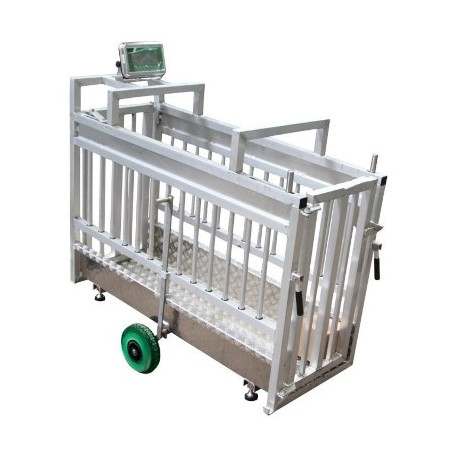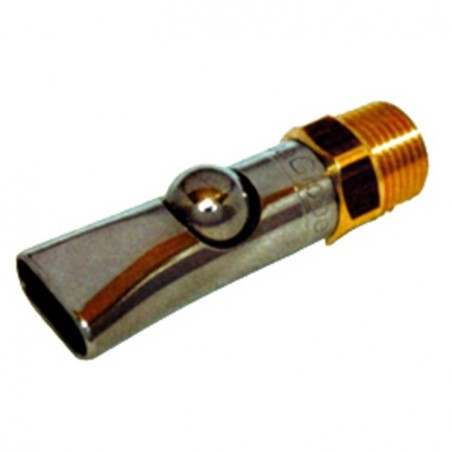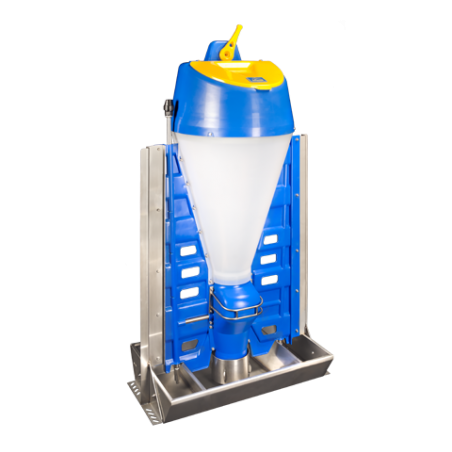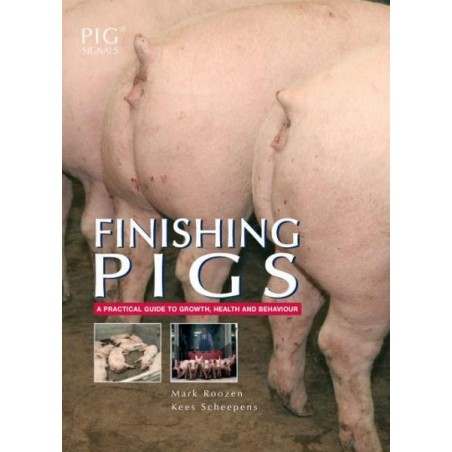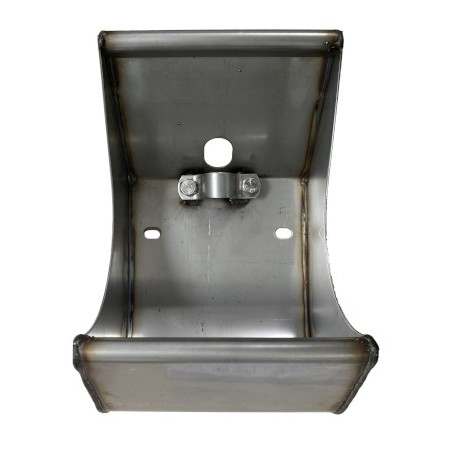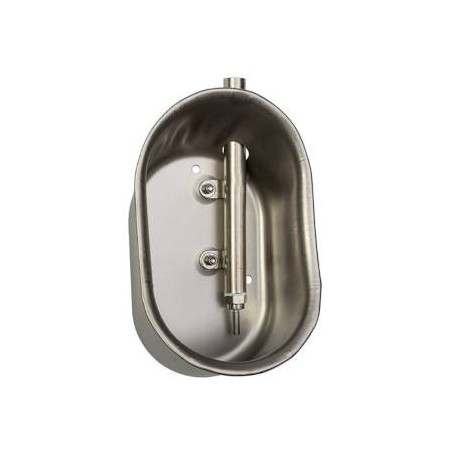There are various fat sources with different energy values and fatty acid compositions that may affect the growth performance and carcass composition of grow-finishing pigs. A higher net energy was recently reported in choice white grease compared with soybean oil. Two experiments were conducted to determine whether practical responses confirm the difference between choice white grease and soybean oil, and in this way, the observations could be extended to other fat sources. In Experiment 1, 135 pigs were randomly assigned (9 pens/treatment; 3 pigs/pen) to 5 different dietary treatments. A control diet contained corn, soybean meal, and no addition of dietary fats and 4 additional diets by adding 3% soybean oil, 6% soybean oil, 3% choice white grease, or 6% choice white grease. In Experiment 2, 144 pigs were randomly assigned (8 pens/treatment; 3 pigs/pen) to 6 dietary treatments. The control diet was the same as that in Experiment 1, and 5 additional diets by adding 6% soybean oil, 6% choice white grease, 6% palm oil, 6% animal-vegetable blend, or 6% tallow. Each experiment was divided into two phases. In experiment 1, phase I lasted 21 days and phase II 28 days while in experiment 2 phase 1 lasted 19 days and phase II 28 days. Pigs were measured for back fat, weighed, and feed consumption was recorded.
In Experiment 1, pigs fed fats had lower average daily feed intake in phase II and the overall period, greater gain:feed in phase I, phase II, and the overall period than pigs fed the control diet. Pigs fed fats tended to have thicker backfat depth at the last rib than those fed control. Pigs fed 6% fats had greater gain:feed in phase II and the overall period than pigs fed 3% fats. During phase I, pigs fed choice white grease grew faster than pigs fed soybean oil. In Experiment 2, pigs fed dietary fats (soybean oil, choice white grease, animal-vegetable blend, palm oil, or tallow) had greater gain:feed in each phase and the overall period, greater average daily gain in phase I, but lower average daily feed intake in phase II and overall than pigs fed the control diets. The choice white grease also increased average daily gain during phase I compared with soybean oil. Pigs fed palm oil had thicker backfat depth at the 10th rib than those fed soybean oil, animal-vegetable blend, or tallow. Inclusion of 6% dietary fat improved feed efficiency of finishing pigs, while different fats produced different practical results that may be consistent with their different energy values.

Results from the early stage indicate that dietary fats with relatively more saturated fatty acids may provide greater energy than those with relatively more unsaturated fatty acids for growing pigs.
Liu Y, Kil DY, Perez-Mendoza VG, Song M, Pettigrew JE. Supplementation of different fat sources affects growth performance and carcass composition of finishing pigs. Journal of Animal Science and Biotechnology. 2018; 9: 1-8. https://doi.org/10.1186/s40104-018-0274-9






